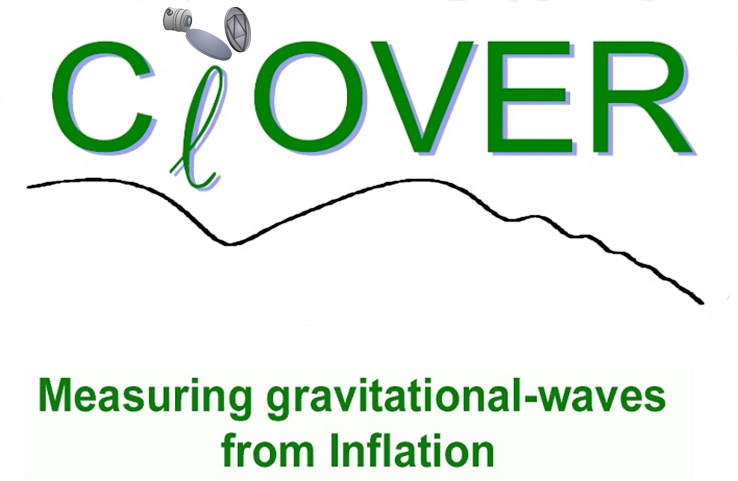Oxford Experimental Radio/mm Cosmology

Clover - a B-mode CMB polarization experiment - what it is and what it will do...
Scientists from the UK based at the universities of Cambridge, Cardiff, Manchester and Oxford are currently building a new telescope which will provide insights into
the formation and evolution of the universe. They will make unique
measurements which will test not only the Big Bang theory of the origin of the
universe but also provide one of the most precise tests yet of theories of the origin of
structure in the universe. Ultimately they hope to detect the signature of gravitational
waves from the Big Bang itself.
The Big Bang model is the most widely accepted theory for the origin and evolution
of our universe. This model predicts that about 13 billion years ago, the portion of the
universe that we can see today was only a few millimetres across and was extremely
hot (many times hotter than the centre of our Sun). As the universe has grown older,
so it has expanded and become the much cooler cosmos that we see today.
Wherever we look in the sky today, we can still detect the very faint afterglow of the
Big Bang. This is called the comic microwave background (CMB) and has a
temperature of less than three degrees Celsius above absolute zero. By making
images of this radiation, scientists are able to see the universe as it was just after the
Big Bang. This radiation is also polarized - in a similar way to sunlight reflected off
water - and this can be measured in a way similar to wearing polarized sunglasses.
The polarization is predicted to have two distinct patterns; one due to variations in
density, the other due to the presence of gravitational waves. The polarization patterns
from gravitational waves are expected to be extremely faint (less than 1 millionth of a
degree Celsius) but if they can be measured, they will provide information about the
state of the universe when it was less than a billion billion billionth of a second old.
The new telescope being built by UK astronomers will be the most sensitive telescope
to date to look at the polarization of the cosmic microwave background. The
telescope, called CLOVER, will be sited high in the Chilean Andes at about 5000m altitude on the Chajnantor Plateau. It will need to make observations for over a year before the faint signals
from the beginning of the universe can be fully detected. The team of astronomers
building the telescope hope to provide the first ever detection of gravitational waves
and so provide information about the earliest moments of the universe.
Back to main Clover page,
|

